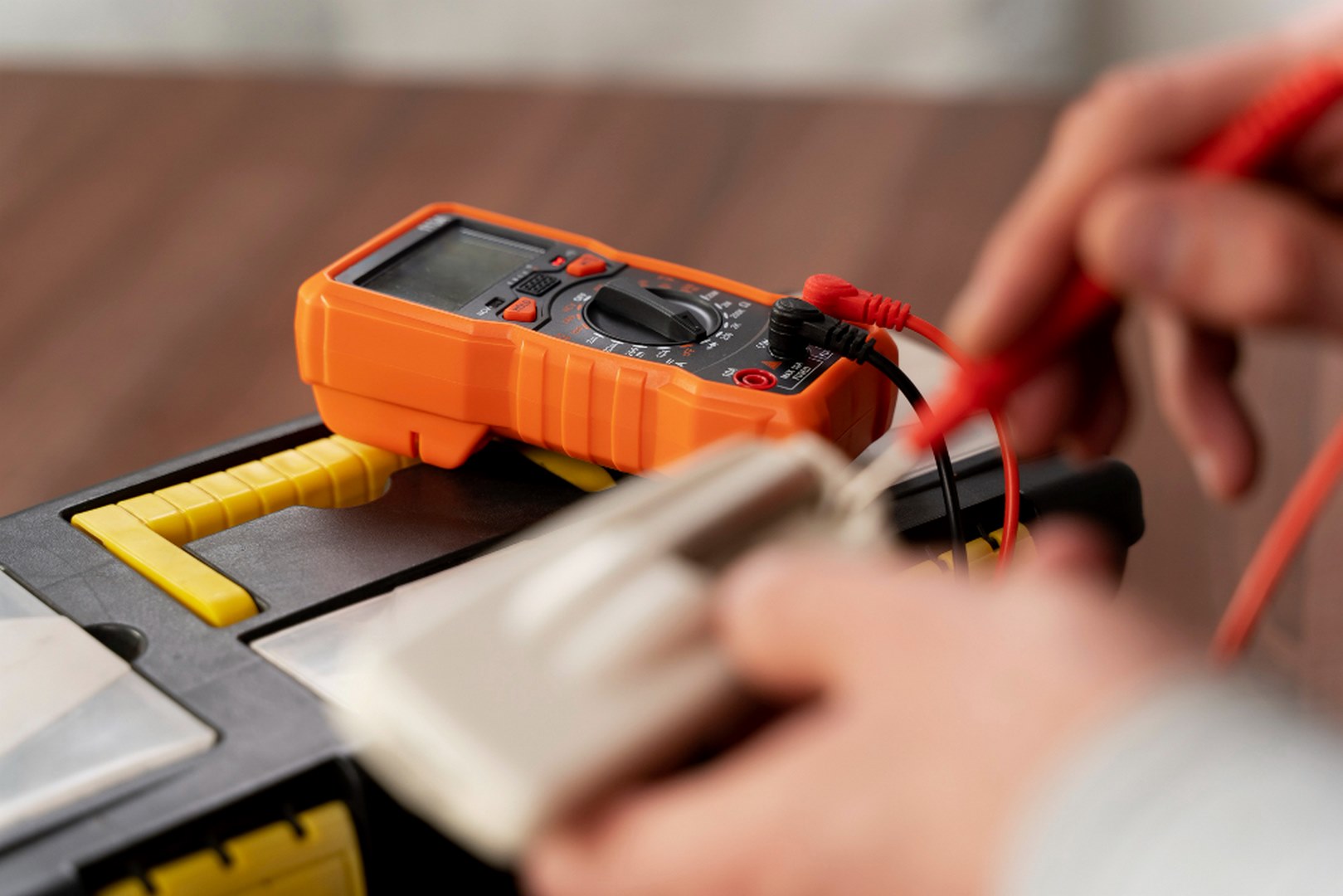
How Do You Maintain Lithium Batteries?
This is why lithium batteries have become the preferred choice for solar energy systems, electrical vehicles, and backup power installations as a result of their consistency and long lifespan. But also like any high-tech tool, they need the right care to work well. Learning how to care for lithium ion batteries will give you better performance, safety, and cost savings over-time.
Best Practices for Lithium Battery Maintenance

For optimal efficiency of your lithium ion battery or lithium iron phosphate battery (LiFePO4), it’s all about proper maintenance. Here are some general practices to help you maintain your batteries in prime condition:
-
Don’t overcharge or deep discharge: Aim to keep your battery’s state of charge (SoC) between 20% and 90%. Frequent full discharges should be avoided when possible as they stress the battery.
-
Use proper chargers: Use a charger specifically intended for lithium batteries. The application of an inappropriate charger can damage or decrease battery capacity retention.
-
Watch through a BMS: A Battery Management System (BMS) is used to balance the voltage among cells and prevent overcharging as well as overheating.
By keeping to such a regimen, you can make sure that your lithium batteries will perform and be reliable.
Temperature and Environmental Effects on Lithium Batteries
Temperature is a significant factor in the performance of lithium batteries. Heat thrashes battery cells with thermal stress, whereas cold curtails charging capacity.
-
Ideal storage temperature for a battery is 15°C and 25°C (59°F and 77°F).
-
Do not leave the battery in direct sunlight or freezing temperatures.
-
Good ventilation also lowers the heat increase and enhances battery safety requirements.
Creating a perfect environment prolongs the battery and prevents performance issues.
Lithium Battery Storage Tips
If you are going to keep the lithium batteries long term, please notice the capacity and voltage and charge the battery when power is low.
-
Keep the battery at 50% SoC when not in use, and avoid deep discharge and overcharge.
-
Keep them in a cool, dry place away from the humidity.
-
Every 2 - 3 months, inspect the charge of your battery to ensure strong energy.
By paying attention to these lithium battery storage tips will ensure your batteries are ready when needed.
Extending the Lifespan of Lithium Batteries
Every user wants longer-lasting batteries, especially when investing in high-quality 24V batteries or 48V batteries.
Here’s how you can extend your battery life:
-
Avoid full discharges; partial discharges are better.
-
Limit exposure to extreme temperatures.
-
Keep the battery clean and free of dust buildup.
-
Ensure a stable depth of discharge (DoD) for consistent performance.
By controlling how you charge, store, and use the battery, you can increase the battery cycle life significantly.
Avoiding Common Mistakes with Lithium Batteries
Small but costly mistakes many users inevitably make that result in reducing their battery life:
-
Charging with the wrong charger or charging for too long.
-
Fully draining the battery before recharging it
-
Silencing warning signals from the BMS
These mistakes can save you the most from your investment and enjoy long-term safety.
Safety Precautions When Maintaining Lithium-Ion Batteries
Safety always comes first when you use lithium batteries. Follow these simple guidelines:
-
Do not puncture or open the battery casing.
-
Stop using a battery that is swollen, leaking or generating heat.
-
Heed battery fire safety information and keep batteries away from flammable material.
-
Discard broken batteries according to the regulations of local recycling.
These safeguards help prevent accidents and keep your system running smoothly.
Charging and Discharging Guidelines for Lithium Batteries

It all comes down to smart charging habits:
-
Use only certified lithium chargers.
-
Try not to let it charge all the way to 100%.
-
Don’t discharge below 20%.
-
Have the BMS manage your SoC and charging cycles.
Following the appropriate charging and discharging cycles, you will help preserve higher energy density levels as well as prolonging your battery life overall.
Final Thoughts
Anyone using solar power, electric vehicles or portable energy systems, needs to know how to maintain lithium batteries. With proper maintenance, you can make the most of its efficiency, safety and performance for years to come.
Trying to supercharge your energy system? Discover the best 24V batteries and 48v batteries from Direct Solar Power, for consistently good power supply.
Frequently Asked Questions
1. How often should I charge a lithium-ion battery if it’s in storage?
Charge your lithium battery every 2 - 3 months to maintain around 50% SoC during storage.
2. Is it bad to fully discharge a lithium battery before recharging?
Yes. Avoid full discharges; it’s better to recharge once the battery drops below 20%.
3. What is the ideal temperature range for storing lithium-ion batteries?
Store lithium batteries between 59°F and 77°F (15°C to 25°C) to prevent capacity loss and overheating.
4. Can I use any charger for my lithium battery, or do I need a specific one?
Always use a lithium-compatible charger. Using an incorrect charger can damage cells or shorten battery life.
5. What safety signs indicate a lithium battery needs replacement rather than maintenance?
Swelling, overheating, or a rapid drop in capacity are clear signs the battery should be replaced.

Leave a comment